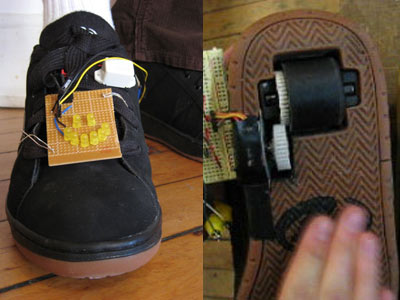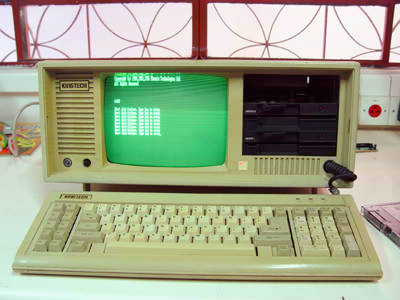Apple once manufactured a product with capacitors facing the wrong way around

Software developer Doug Brown took the computer apart and discovered that Apple had installed the capacitors in the wrong direction in its 'pizza box' Macintosh LC III computer.
Downtown Doug Brown » The capacitor that Apple solder incorrectly at the factory
The Macintosh LC III was produced from early 1993 to early 1994 and was primarily targeted at the education market, but rumors that the capacitors were reversed had been circulating on the Internet for some time, and the same rumors had also appeared for consumer derivatives such as the Performa 450, 460, 466, and 467.
Brown got hold of a Performa 450 and took it apart to take a look. Below is the board before removing the capacitors, and you can see that the negative sides of C19, C21, and C22 are all facing up, matching up with the + signs on the board.

Here's what I removed: From this, we can see that the negative terminal of each capacitor goes to the ground plane, and the positive terminals all go to the pins on the power connector. There is one bulk capacitor for each of the three power rails the power supply provides, C19 is for +5V, C21 is for +12V, and C22 is for -5V, but we can see that the positive terminal of C22 goes directly to the -5V pin on the power connector.

There is no problem with the positive terminal of the capacitor facing the positive side of the power supply, but it is a problem if it faces the negative side, as -5V will be applied across C22 when the system is powered on. Ideally, the negative terminal should be connected to -5V.
Brown tested the original Macintosh LC and its successor, the Macintosh LC II, and found no abnormalities. He also found it installed normally on the Macintosh LC 475, the successor to the Macintosh LC III.

'I'm convinced that Apple made a mistake with the LC III,' Brown said. 'Not only was there a problem with the placement of the components at the factory, but the silk on the PCB was also wrong. The question is, 'Why didn't they notice this at the time?' The answer is that the capacitors were designed to withstand reverse voltage, so they didn't explode even when they were installed backwards and under load.'
Brown also said, 'Recently, many hobbyists have been using tantalum capacitors as a substitute, so I think the lack of widespread knowledge about capacitor orientation is potentially dangerous. Normal capacitors, like those installed at the factory, seem to work fine, but tantalum capacitors are not as forgiving. If you install them the wrong way, you will have problems with the serial port, and in the worst case scenario, the capacitor will explode or catch fire.' He warned technology enthusiasts to be careful.
Related Posts:
in Hardware, Posted by log1p_kr







